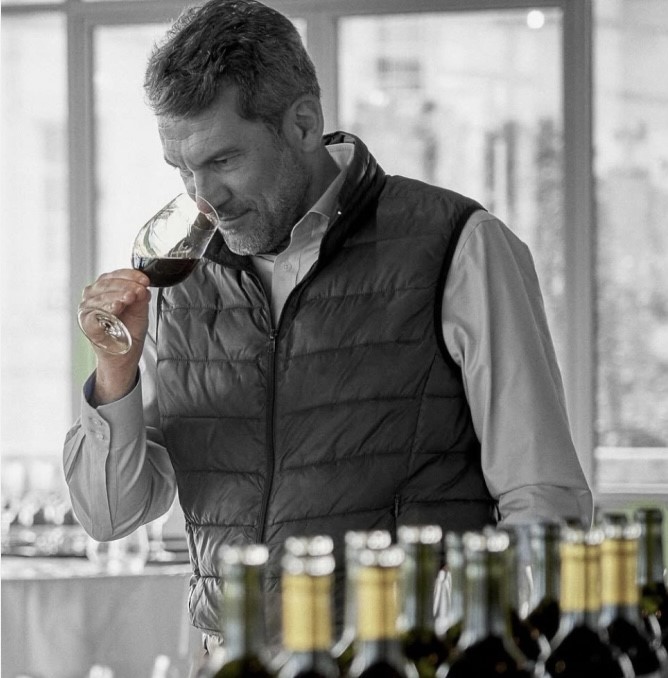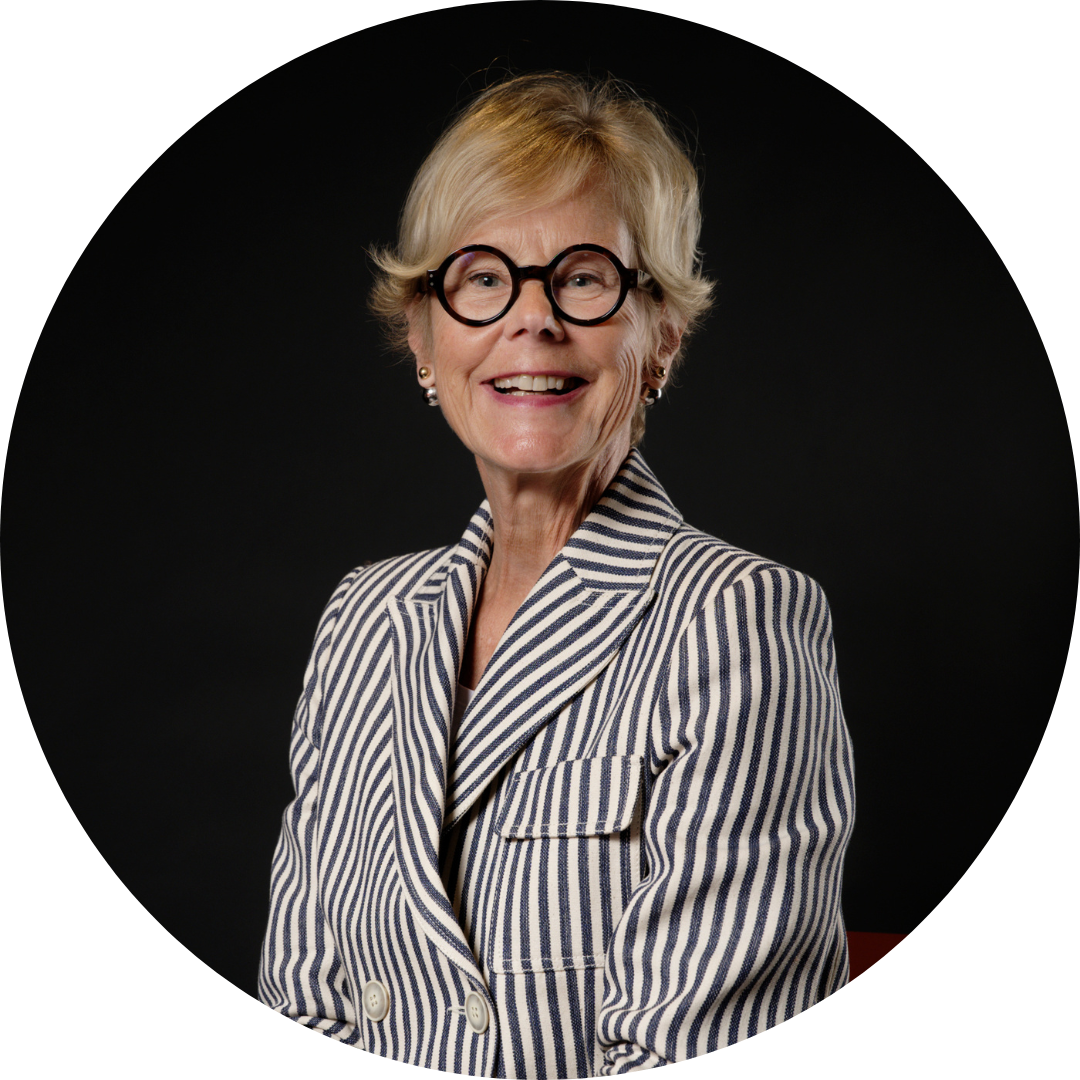🎧We are offering the Inside in an audio file🎧
Nicolas Glumineau
General Manager & Winemaker
~
Château Pichon Comtesse de Lalande
2ème Grand Cru Classé
Pauillac
Gerda: Could you say a few words about the 2024 vintage?
Nicolas Glumineau: To speak of 2024 is to evoke a record year in terms of rainfall. For some years now, we’ve been suffering the consequences of climate change: sometimes too much drought, sometimes excessively high temperatures, and other times fairly mild temperatures accompanied by very heavy rainfall.
When we talk about 2024, we need to mention two essential aspects. Firstly, the pressure of mildew on the vineyards, particularly on Merlot, which is very sensitive to it. We worked hard to protect the vines and bunches. Secondly, flowering took place in cold, wet conditions, which compromised the smooth progress of all grape varieties, including Cabernet Sauvignon. This was a nasty surprise, and explains why we recorded a half-harvest at Pichon Comtesse, with only 20 hl/ha in 2024, and at Château de Pez, with 27 hl/ha.
But the good news is quality. We haven’t made much, but it’s very good. We finalized our blends in early January, with a strong Cabernet Sauvignon component.
G: How can you say that this vintage is good, when the beginning and end of the season were difficult?
NG: 2024 follows on from the 2021, 2022 and 2023 vintages. The year 2021 taught us a lot: it was marked by strong mildew pressure and also corresponded to our first year of conversion to organic farming. Thanks to this demanding experience, followed by two milder years, we were better prepared to face a new season under climatic stress. We’ve even taken our approach a step further, integrating biodynamic farming into our practices step by step since 2012. As a result, we are now 100% organic and 85% Biodynamic (i.e. 100% organic base + Biodynamic practices – preparations and herbal teas).
This requires a considerable amount of work, substantial investment in personnel and equipment – particularly tractors – as well as particular care in maintaining the vineyards and permanent grass cover. The latter enables our tractors to intervene as often as necessary. Back in 2021, some small mistakes had major consequences, but since then we’ve invested heavily to improve our responsiveness.
Faced with climatic excesses, I hope that our learning curve now enables us to adapt better. In 2022 and 2023, we were able to preserve the freshness of the fruit – and therefore of the wine – despite two particularly hot, dry summers. We adjusted our winemaking methods to maintain balance and liveliness, avoiding over-structured, over-ripe or over-compotent wines.
G: Which is never the case with Pichon Comtesse.
NG: Yes, you’re right, not even in 2022 or 2023 will we find the liveliness of Pichon Comtesse. And in those years, we have further refined our approach to harvest perfectly ripe grapes, but without excess. We also slightly modified our winemaking processes to preserve the wine’s airy, elegant character. In 2024, we encountered a combination of all the difficulties encountered in 2021, 2022 and 2023. These three vintages were extremely useful to us in tackling 2024 with greater mastery.
G: We learn every day.
NG: Yes, and even when a vintage is great in hindsight, it’s always interesting to ask: what could we have done even better? This annual debriefing is essential, even for great vintages.
G: I think we talk a lot about the rain and forget about August, which had a few weeks of fine, dry weather.
NG: Yes, and it was those weeks that made the vintage.
G: “August makes the juice? “
NG: Yes, that’s the case for 2024. For five weeks, we had very fine weather, which helped the quality of the grapes. The quality of a vintage depends on a combination of many factors. We have a half-harvest, which means very concentrated grapes, and an aromatic dimension combined with a beautiful structure and balance that I’m delighted about for Pichon Comtesse. But 2024 will be a particularly heterogeneous vintage. We often hear that it’s a winegrower’s vintage or a winemaker’s vintage. 2024 is a vintage of both. We had to pay close attention and remain open every day to possible adjustments, both in the vineyard and in the cellar, to do our best.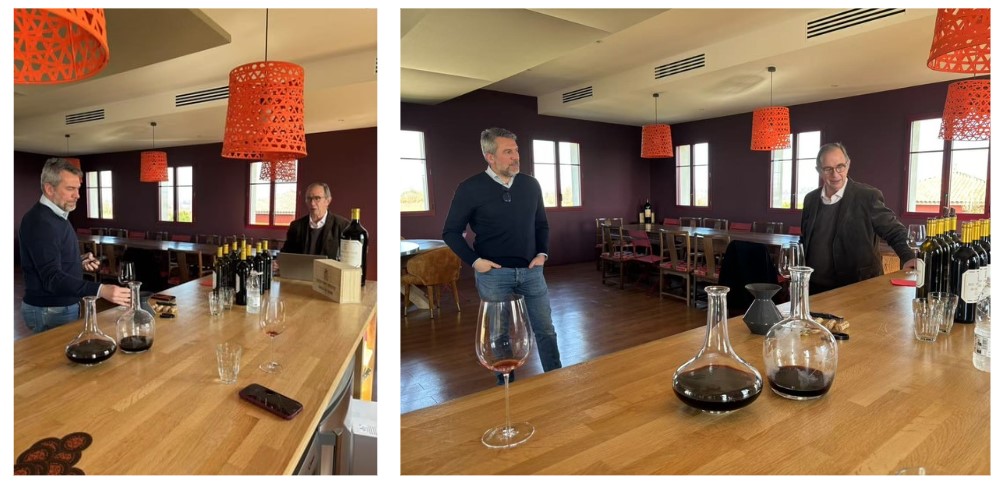
G: What changes did you make in the winery in 2024?
NG: We’ve reduced extractions. We’re not used to extracting too much, but this year we’ve been even more cautious, especially on certain grape varieties like Cabernet Franc and on certain parcels where we’ve limited juice extraction. In the end, we produced wines with an average alcohol content of 12.7%, which proves that the grapes had reached good maturity, and pH levels of around 3.7. All this reminds us of balances that had somewhat disappeared and which are finally the signature of a vintage combining maturity and concentration.
I think it’s definitely a vintage that buyers, connoisseurs and journalists will have to come and taste to discover the full range that it was possible to produce in Bordeaux in 2024.
G: Tomorrow, you leave for a trip to the United States and Canada. You know these markets well. How do you see the market for great Bordeaux wines today?
NG: The feeling I get is that there’s a kind of pessimism in Bordeaux in particular. Perhaps it’s very French to be pessimistic…? We like to flagellate ourselves and see the glass as half-empty rather than half-full. Yet when I meet collectors, regulars and buyers of Pichon Comtesse and Pez at the markets, I find them far more optimistic than we are.
I’m talking here about the two brands that concern us, without generalizing to the whole of Bordeaux. But I do think that when an estate adopts a pricing policy consistent with its market, there is a real demand for Bordeaux wines and Grands Vins de Bordeaux.
Today, when I see demand in North America, South-East Asia and Hong Kong coming back, as well as European demand which, for us, is growing, I’m reasonably optimistic. That doesn’t mean we can’t take into account the geopolitical and macro-economic situation. The next Primeur campaign will be crucial and must be a success. At Pichon Comtesse, our strategy has always been to take a close look at our markets and define our Primeur price according to the reality of the Pichon Comtesse market. I don’t look at what my neighbors are doing.
G: So you’re convinced that we need to run a Primeur campaign?
NG: Yes, of course. There are rumors, but they’re the same rumors we heard in 2009 and 2020. I think that the Primeurs system, when it’s played well by everyone, starting with us, the estates, is a system that can’t be ignored. It ensures the reputation of Bordeaux wines, the future of the estates and, I believe, that of the wine trade too.
G: Wine consumption is declining worldwide. How can you attract new consumers?
NG: I have the feeling that this is a question we’ve been asking ourselves a lot in recent months, but it’s also a subject I’ve been hearing for a very long time. It’s a recurring question, a real wine chestnut.
G: The market is like the vine: it moves in cycles.
NG: Yes, exactly. And when I hear that the new generation of 25-30 year-old no longer drinks wine, I have to say that many of us have gone through a period when we were more attracted to spirits for partying with friends, rather than sit-down meals, starting with champagne, followed by white wine and then red wine. But I’m also noticing, both in my personal circle and among Pichon Comtesse customers, people between 35 and 45 who have settled down a little, started a family, don’t go out the same way any more, and are rediscovering the wines of “Grand-papa et Papa” with interest. And that’s just as well, because Bordeaux’s strength is probably that it’s the wine region that best produces ageing wines. Discovering the wines we produce today, or in 10 to 15 years’ time, is probably the best way to taste Bordeaux. So I’m quite confident. We’re producing less, and Bordeaux is going to produce less overall, hence the uprooting policy.
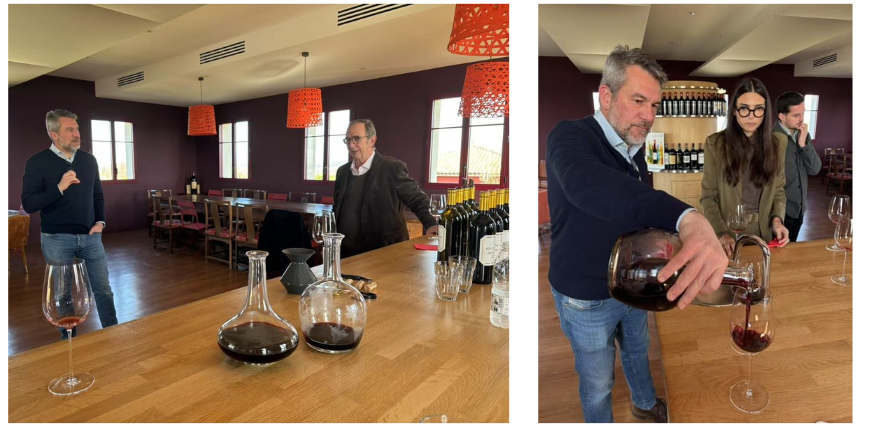
G: Do you think that grubbing-up is the right response to market difficulties?
NG: I think we need to produce less, but better. This doesn’t mean that we stop drinking wine, but that we consume it differently: less, but better quality. Production levels, whether in Bordeaux, France, Australia, South Africa or elsewhere, have been too high. Today, it’s simply a question of adapting supply to demand.
I don’t think the solution lies in transforming wine into something more ideological than oenological. Should we make lighter reds, alcohol-free wines, or produce less but better, while fine-tuning communication and distribution? I’m leaning towards the second option.
G: I’d like to come back to the 2021 vintage, because its Primeur price didn’t match market expectations. However, I think it will surprise us with its quality in 10 to 15 years’ time. What do you think?
NG: I agree with you. The last really weak vintage in Bordeaux was 2013. There haven’t been any since. Of course, some vintages are better than others, and 2021 suffers from being stuck between 2020 and 2022, which are exceptional.
But we have the experience of 2004, 2007 and 2008. Some called them weaker, like 2017 and 2021, and yet they produced some very fine wines. Today, we already have the pleasure of tasting these 2021s, and with a few years’ ageing, they will be superb.
In fact, when I taste our 2024 blends, I don’t compare them to 2013 or even 2017. Right from the vinification, I found something of the 2008 in them, especially for the Cabernets. They’re straightforward, structured, perhaps a little austere in their youth, but I’m convinced they’ll evolve magnificently, as did 2008, 1998 and 1988.
The latter remained closed for a long time, a little hard, but it had potential, which is fully expressed today. The big difference is that we no longer vinify as we did in 1988, 1998 or 2008. Balance, finesse and suppleness will express themselves more quickly, and I’m convinced that 2024 will hold some very nice surprises.
G: So 2024 will be more accessible to drink sooner?
NG: Yes, and in a way this is linked to climate change. The degree of ripeness we’re reaching today, particularly with late-ripening grape varieties like Cabernet Sauvignon, was unthinkable 20 years ago. We’re finding that, whatever conditions we’re experiencing – I was talking earlier about 2021, 2022, 2023 and now 2024 – for different reasons, we have completely distinct vintages. As far as I’m concerned, the grape variety that stands out through the ages and these vintages is Cabernet Sauvignon. And yet, with all the water we received in 2024, who would have thought we’d be making such ripe, dense, structured Cabernet Sauvignons? It was unthinkable. It’s the very pleasant surprise of this vintage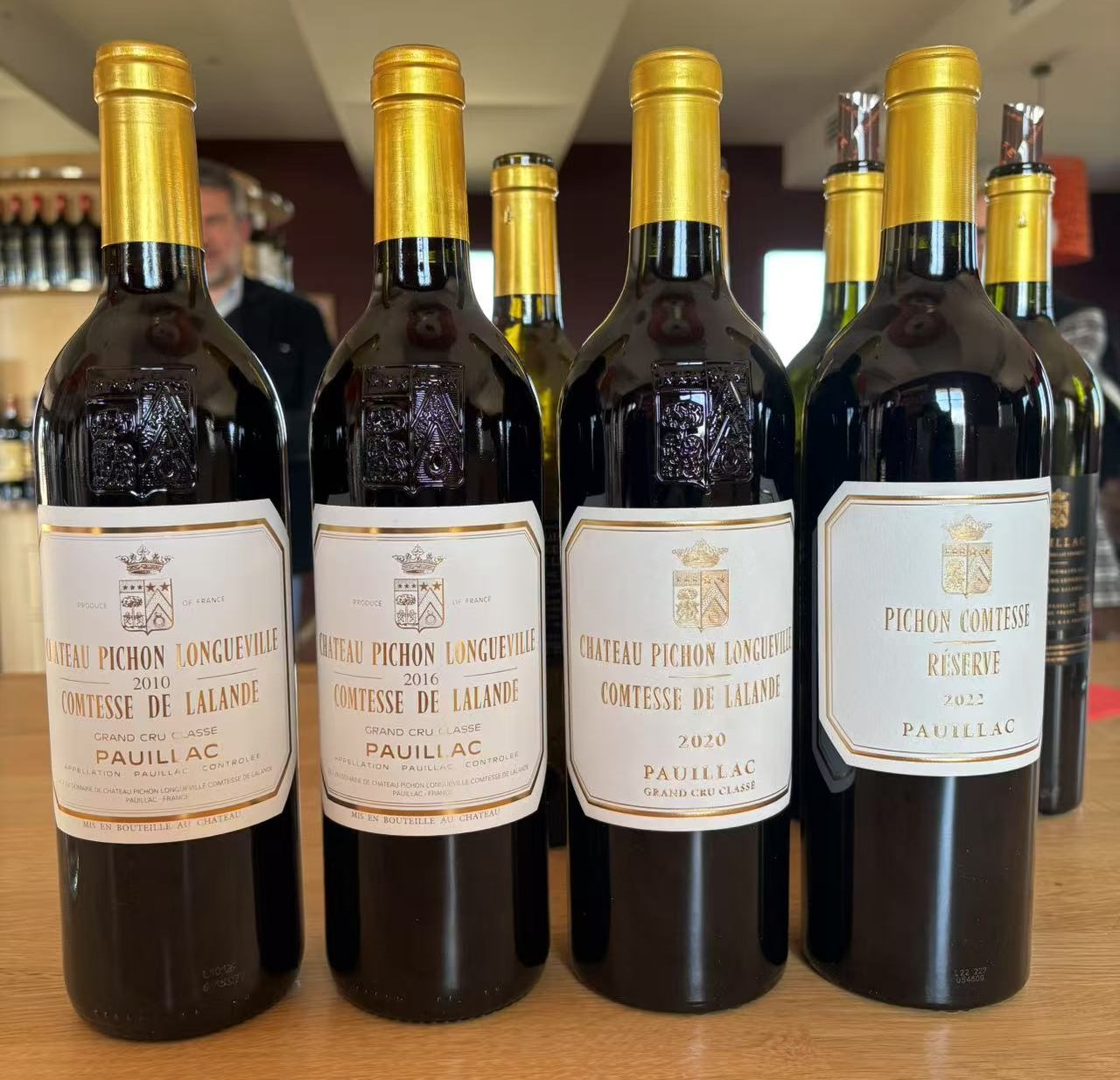
G: It was the 2016 vintage that marked a turning point for Pichon Comtesse, with a much larger share of Cabernet Sauvignon in the blend, wasn’t it?
NG: Yes, 2016 was the vintage when we started using much more Cabernet Sauvignon, precisely 75%. But in the history of Pichon Comtesse, despite the communication and the reputation of the cru for having more Merlot than its neighbors, such as Léoville Las Cases, Latour or Pichon Baron, the reality is that the very great Pichon Comtesse, I’m thinking of 1982, 1989 or 1996, were already predominantly Cabernet Sauvignon. There was, however, an image of La Comtesse as an estate remarkably run by a woman (Éliane de Lencquesaing), with elegant, refined wines and a higher proportion of Merlot than its neighbors. This led some to believe that Comtesse’s blends were always heavily marked by Merlot. In reality, Comtesse’s great vintages have always been dominated by Cabernet Sauvignon.
Today, we’re moving towards an even higher proportion of Cabernet Sauvignon for two reasons. Firstly, we have implemented a major uprooting and replanting plan over the last 15 years, during which we have uprooted more Merlot and replanted more Cabernet Sauvignon. Our terroir lends itself better to this grape variety. That said, when we’re lucky enough to have clay “lenses” on a terroir like Pichon Comtesse, the quality of the 17% Merlot we’ve chosen to keep is obvious, and we’ll of course continue to plant it. This grape variety develops magnificently on this type of terroir.
We’ve learned a lot from scientific advances, which have evolved considerably since the mid-1990s. Today, we have a level of detail in the analysis of Comtesse’s soils and subsoils that we didn’t have before. It’s not that we had less merit back then, but now we have the tools to plant the right grape variety and rootstock in the right place.
Gerda BEZIADE has an incredible passion for wine, and possesses a perfect knowledge of Bordeaux acquired within prestigious wine merchants for 25 years. Gerda joins Roland Coiffe & Associés in order to bring you, through “Inside La PLACE” more information about the estate we sell.

